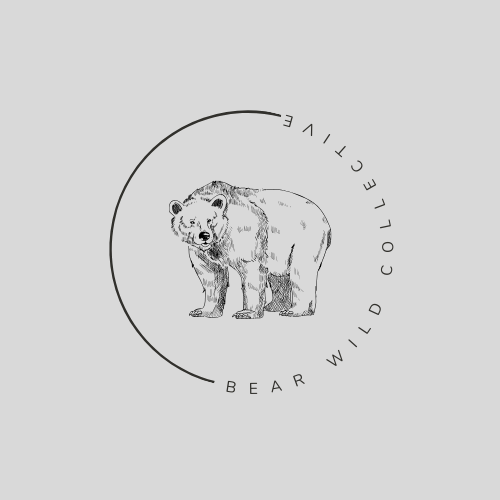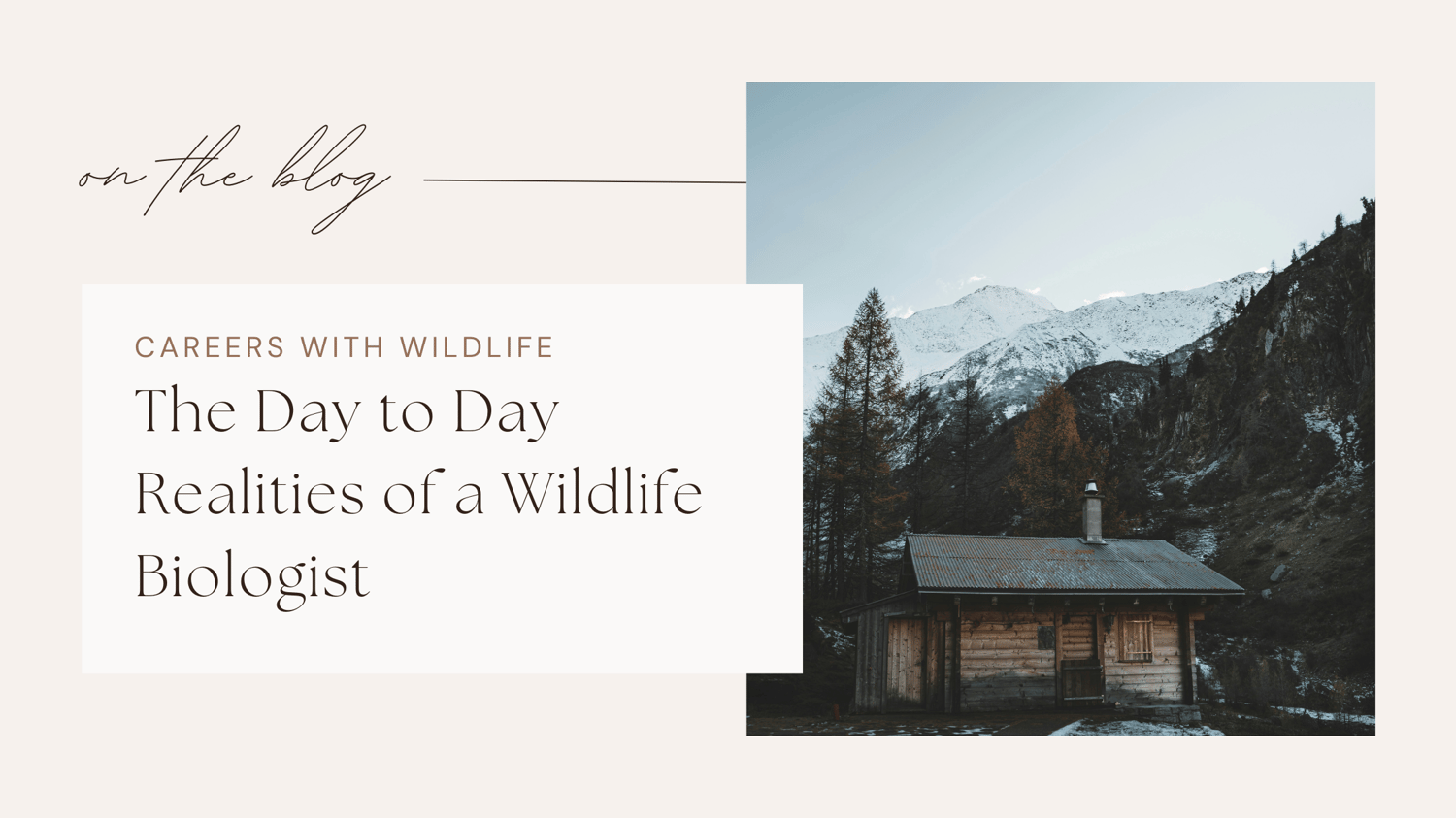Careers in the wildlife sector are varied and diverse, so no two roles will be the same. The idea of becoming a wildlife biologist conjures up visions of remote wilderness, exotic animals, and thrilling discoveries. While it can be adventurous, the daily life of a wildlife biologist is also a blend of rigorous science, careful observation, and thoughtful conservation. For a look behind the curtain at some individual experiences, try wildlife biology career advice videos from Fancy Scientist, Diary of a Tent Wife, or Kristina Lynn on YouTube.
Read more about unique roles in the wildlife sector in our Wildlife Career Accelerator or Wildlife Work Directory
Here’s a look at what a typical day could look like for wildlife professionals. (In reality, not all of these tasks will be done every day, or in every role. Jobs in the wildlife sector are varied and changeable - but this is a good overview of what many roles can entail!)

[Credit Martin Masson]
Morning: Early Fieldwork and Data Collection
The day often begins before sunrise, especially when studying species that are most active during dawn or dusk. Wildlife biologists may head out into forests, wetlands, or coastal areas equipped with tools like GPS devices, binoculars, and data sheets. Their tasks vary from setting up camera traps to tracking animals using radio collars or collecting samples like scat, feathers, or soil. Quiet patience is key as they observe and record wildlife behaviors without disturbing their subjects. For example, a biologist studying migratory birds might spend hours counting and identifying different species, noting their movements and behaviors to track population trends.
Midday: Analysing Data and Problem Solving
By late morning, biologists might return to their field stations or offices to process the data collected. This could involve entering data into spreadsheets, analysing patterns, or reviewing footage from camera traps. Technology plays a big role, with software like GIS used to map animal movements or statistical tools to assess population dynamics. Problem-solving is a constant, whether it's refining data collection methods or troubleshooting malfunctioning equipment. A biologist might analyse patterns of animal movement in response to environmental changes, helping guide conservation decisions like creating wildlife corridors.
Afternoon: Collaborations and Community Engagement
Wildlife conservation is rarely a solo effort. Afternoons may be dedicated to collaborating with colleagues, landowners, or government agencies. Biologists often meet with stakeholders to share findings and develop strategies for protecting habitats or mitigating human-wildlife conflicts. Outreach is also crucial—many biologists work with local communities, educating them on coexisting with wildlife. A biologist studying urban coyotes might present findings to city officials, recommending ways to reduce human-coyote interactions while preserving natural behavior.
Documentation and Reflection
After a time in the field and lab, documentation is essential. Writing reports, updating research logs, or drafting articles for scientific journals also sparks new questions for future research.
The life of a wildlife biologist is a rewarding blend of adventure, science, and collaboration. From dawn fieldwork to community outreach, every task plays a role in understanding and protecting the natural world. It’s a career that demands dedication, but for those passionate about wildlife, it’s a fulfilling way to make a difference.



